Delhi : Quwwat-ul-Islam Mosque
Open Time : Open 24 hours
Entry : paid
Address : Chittli Qabar Bazar Road, Bazar Chitli Qabar, Kucha Chelan, Sheesh Mahal, Chandni Chowk, New Delhi, Delhi 110002, India
More Travel Tips from Delhi
Why to visit Quwwat-ul-Islam Mosque
An exceptional illustration of the fusion of Islamic and Hindu art is Quwwat-ul-Islam. The mosque's name directly translates as "Might of Islam." It was the first building to be built in Delhi following the Islamic invasion of India and is also referred to as the Qutb Mosque or the Great Mosque of Delhi.
When you first go into the mosque, the ornately carved ceilings will captivate you. The main draw, which is lovely to look at, consists of a lovely courtyard flanked by magnificent pillars on either side of the mosque. Hindu symbols including leaves, tasselled ropes, bulls, cows, and tendrils can be seen here.
History of the Quwwat-ul-Islam Mosque:
- Qutub-ud-din Aibak, the commander of Muhammad Ghori's garrison, started building on the mosque in 1193 AD, following Ghori's capture of Delhi.
- The structure, which was finished in 1197 AD, was constructed on the remains of Hindu temples.
- Later, three further colonnades were constructed to the main prayer hall by Iltutmish, Qutub-ud-din Aibak's successor.
- The "Alai Darwaza" and a court were also constructed on the mosque's eastern side later, around 1300 AD, under the leadership of Alauddin Khilji.
Architecture of the Quwwat-ul-Islam Mosque:
- The mosque's dimensions include a central courtyard, a large prayer hall to its west, enormous arcades made of greystone, and a total of five bays.
- It is a glorious example of Indo-Islamic architecture.
- It also includes side arches that are relatively smaller and a huge central arch. Religious words and floral patterns are carved onto the screens and the pillars.
- The tomb is constructed on an elevated platform and has an elaborate entrance with a dome shape that was adapted from Hindu temples.
- The well-known Qutub Minar is to its west, while the iron pillar stands in the front.
Time Required: 1 - 2 hrs
Entry Fee: Indians INR 10 and Foreign INR 250 per person
FAQ on Quwwat-ul-Islam Mosque
What attractions are near Quwwat-ul-Islam Mosque?
Nearby Attractions includes: Iron Pillar, Qutub Minar and The Garden Of Five Senses.
How to reach Quwwat-ul- Islam Mosque?
The metro station at Qutub Minar, which is on the yellow line that runs between Samaypur Badli and Huda City Center, is the one closest to the Qutub Minar complex. State buses, which are comparatively more affordable, are also operated by Delhi Transport Corporation (DTC). Mehrauli Bus Terminal is the bus terminus that is closest to the Qutub Minar complex. When you get off the bus or train, you can hire shared auto rickshaws or battery rickshaws to take you where you need to go.
When is the best time to visit Quwwat-ul- Islam Mosque?
Due to the severe Delhi heat, winters, early spring, or late autumn are the best times to visit this location. The summers can be quite hot and muggy, making your stay miserable and uncomfortable.
What restaurants are near Quwwat-ul-Islam Mosque?
Restaurants near Quwwat-ul-Islam Mosque: (0.11 mi) Olive Bar & Kitchen (0.09 mi) Bo Tai Qutub (0.09 mi) Dramz
What hotels are near Quwwat-ul-Islam Mosque?
Hotels near Quwwat-ul-Islam Mosque: (1.17 mi) Grace Home (1.18 mi) Tree Of Life (0.32 mi) Woodpecker Apartments & Suites
Special Tip
To stay hydrated, it is important to bring a bottle of water. If you want to purchase trinkets and regional mementos from impromptu vendors outside the mausoleum, bring some cash. To avoid the tourist crowds, consider going early in the morning.
By Sparsh Kapoor
Disclaimer: Please note that the content of this blog/article including links, texts, images, and graphics is only meant for informational purposes. We do not intend to infringe any copyright policy or do not possess any third-party material. If you have issues related to any of our content or images, kindly drop your message at info@connectingtraveller.com



.jpg)

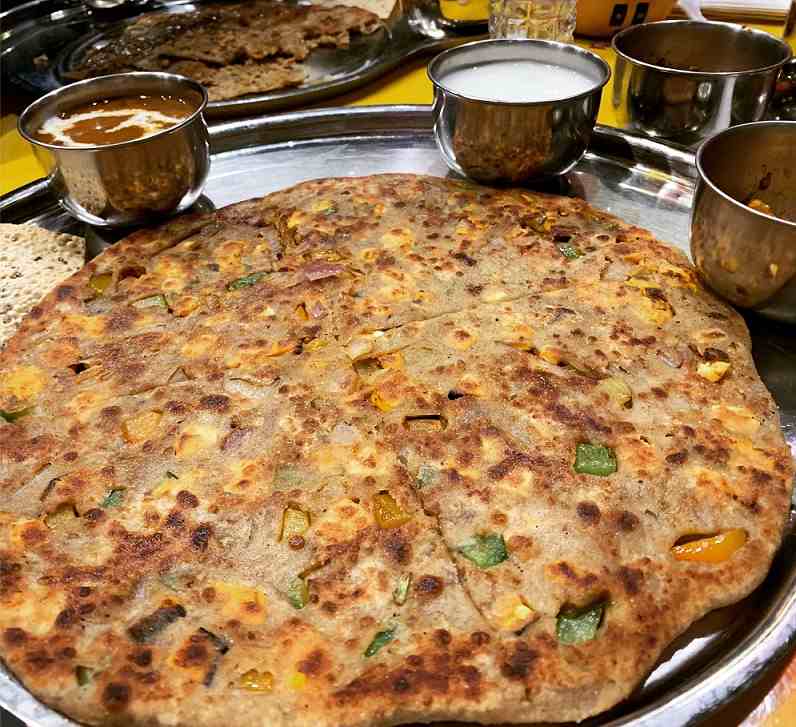
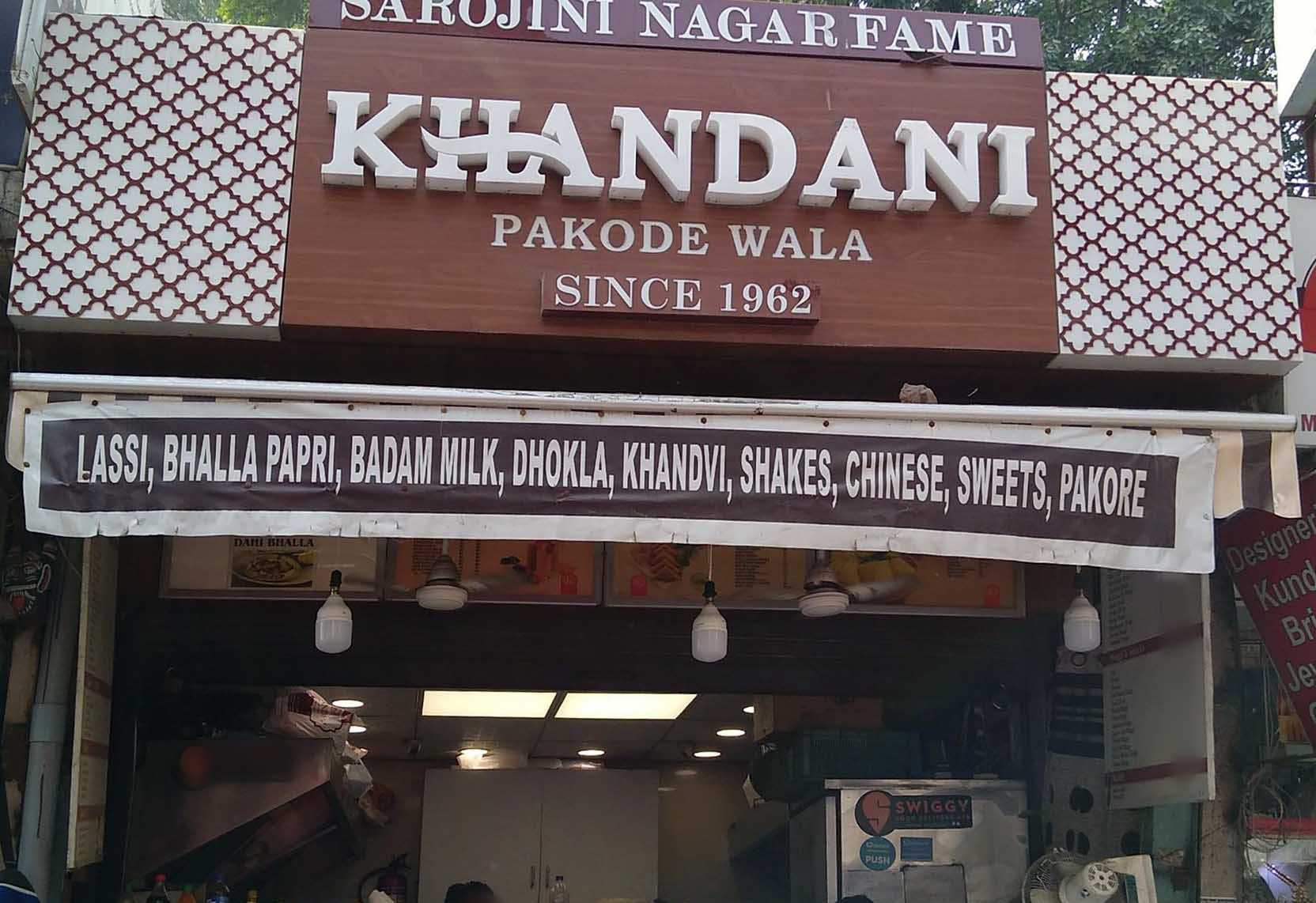
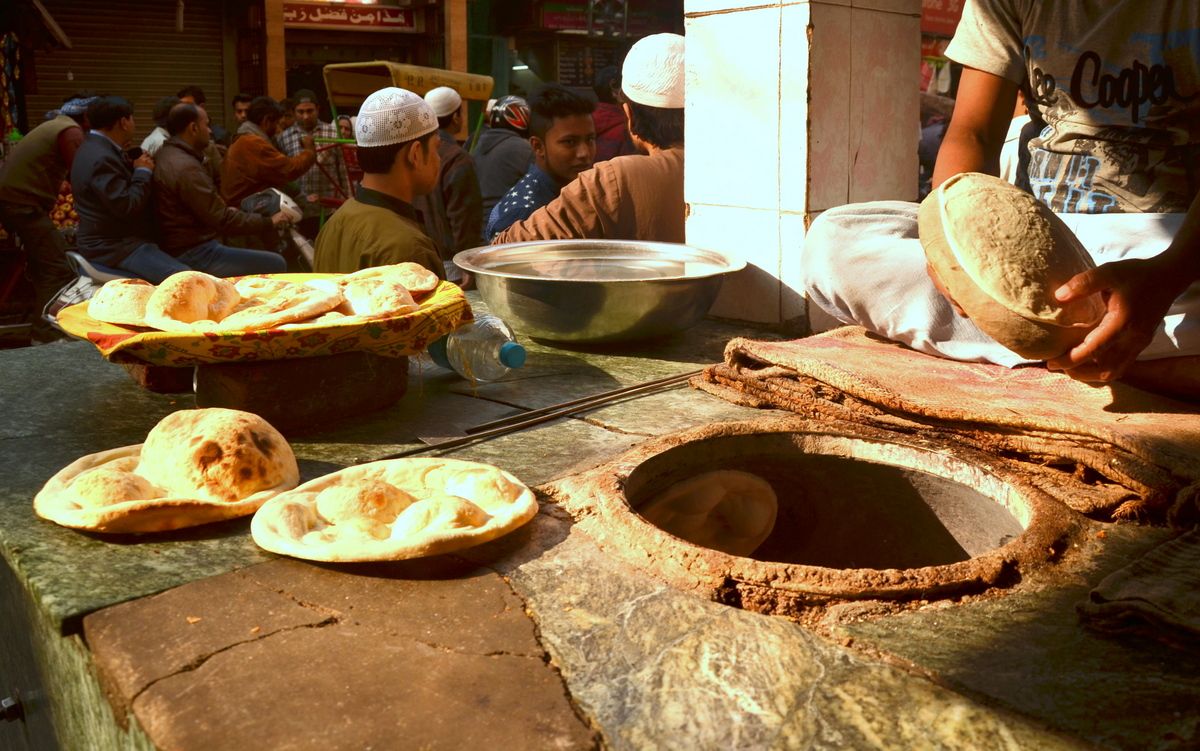
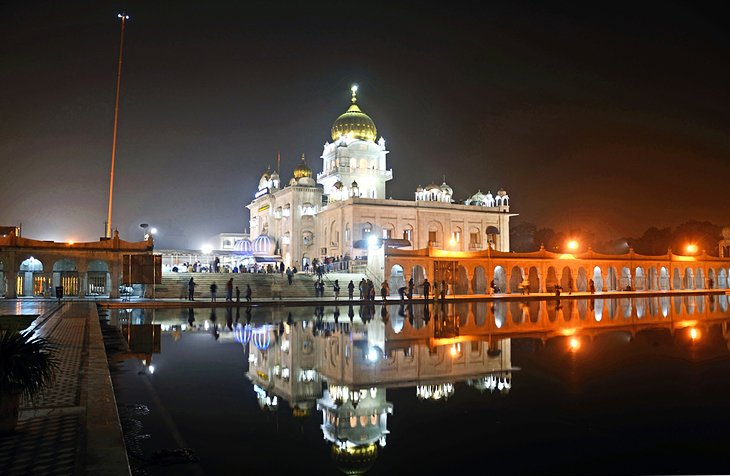
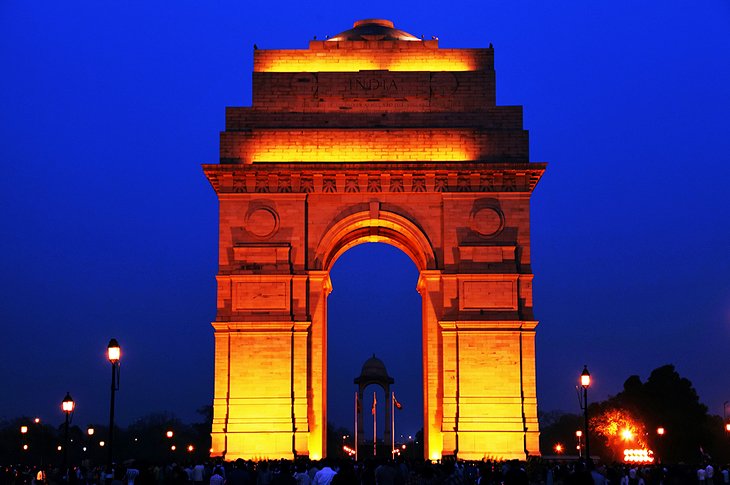
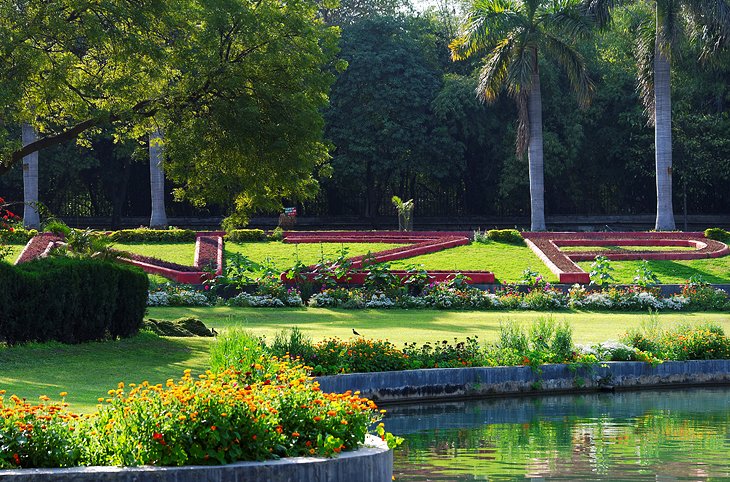
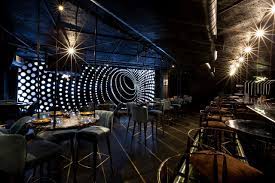
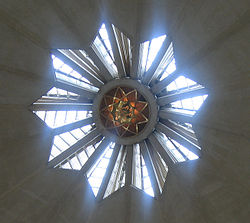
.jpeg)
.jpeg)










